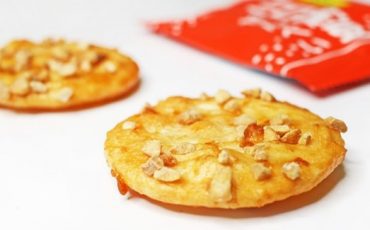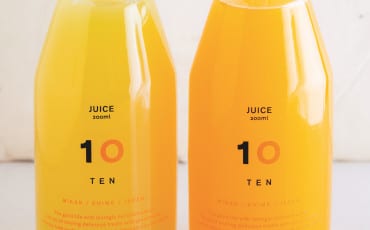- OISHII
- OISHII Wiki
- Ingredients
- Shoyu (Soy Sauce)
OISHII Wiki
Ingredients
Shoyu (Soy Sauce)
Soy sauce, or shoyu in Japanese, is a condiment so ingrained in Asian cooking, you’d be hardpressed not to find at least one bottle of it lying around in the kitchen. Rich, savoury and with a certain burst that lingers on your palate, shoyu is one of the best examples to describe the elusive fifth taste – umami. The versatile seasoning is considered a mainstay in oriental cuisine, used during cooking as well as at the table to enhance the flavour of the food.
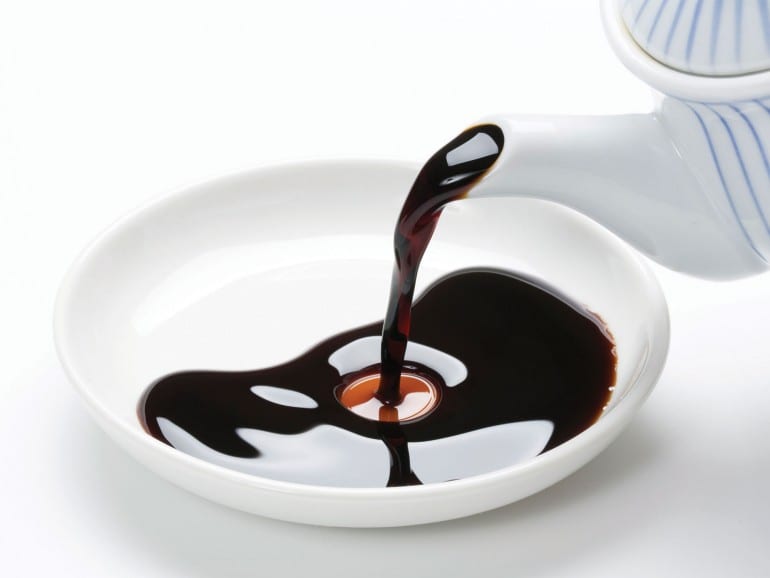
Shoyu is said to be introduced to Japan in the 7th century by Buddhist monks from China, where soy sauce originated between the 3rd and 5th centuries. Shoyu manufacturing in Japan harks back to the 1600s, but it was only during the late Edo period (1603-1867) when shoyu was announced as one of the two major food manufacturing industries in Japan (the other is sake) – likely because of the rapidly growing urban culture in Edo (ancient name of Tokyo).
Shoyu is, in essence, produced from fermented soybeans. Using a production method that’s interestingly near-similar to that of sake, the standardisation of the shoyu formula – soybeans, roasted wheat, and microorganisms like yeast and bacteria – was only set around 1716. This formula is what sets shoyu apart from soy sauce in China, as the former uses a significantly larger proportion of wheat which, in turn, results in a slightly sweeter sauce.
There are, of course, other variations of shoyu with different production techniques. Small amounts of alcohol are added to some to serve as a natural preservative to prolong the shelf life of the much-loved seasoning; some are aged beyond six months (the duration it takes for shoyu to mature, typically) so as to enhance their flavour.
There are five main categories of shoyu in Japan, each bearing a distinct flavour due to their ingredients and production methods. For this feature, we will explore the three more commonly used ones: koikuchi shoyu, usukuchi shoyu, and tamari shoyu.
Koikuchi
Take a walk down a Japanese grocery store, and you will certainly find shoyu brands like Kikkoman and Yamasa. Those are koikuchi, which is simply referred to as shoyu in Japan (though it’s better known to the Western counterparts as dark soy sauce).
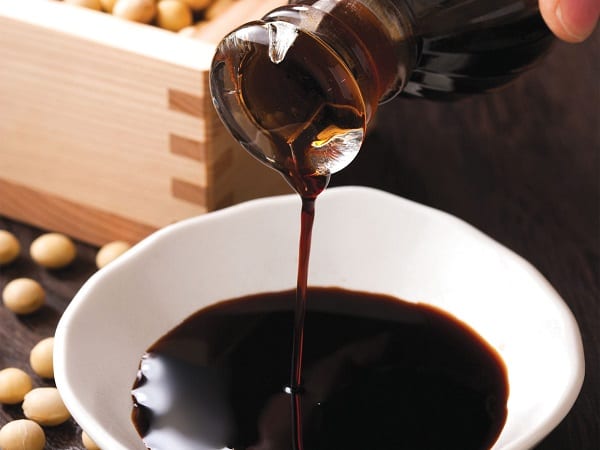
An interesting history lesson here: Even though tamari was the first shoyu produced in Japan back in the 16th century (more about tamari, on p11), a new recipe for shoyu was created during the Edo period around 1700, by increasing the amount of wheat to match the amount of soybeans in its formula. This resulted in the birth of koikuchi, a robust flavoured shoyu with a pronounced aroma that was about to become a game-changer in the realm of soy sauce.
With the rapid development of Edo and the industrialisation of manufacturing processes, coupled with the fact that a simple condiment is able to greatly enhance the flavours of non-expensive food items, koikuchi very quickly earned its reputation as an indispensable ingredient in Japanese cooking. Today, koikuchi makes up more than 80 percent of Japanese domestic soy sauce production and consumption.
Given its popularity and richly layered flavours, it comes as no surprise that koikuchi makes a great all-purpose seasoning, be it for dipping, marinading, or cooking.
Usukuchi
Primarily used in the Kansai region of Japan, usukuchi has a lighter colour than koikuchi, and is the second most popular shoyu in the country. Despite its light colour, usukuchi is actually saltier (18%-19% salt volume) than its ubiquitous counterpart (16% salt volume). Usukuchi is also made with soybeans and roasted wheat, except the latter is lightly roasted so as to keep the flavour mild. Plus, it boasts the addition of mirin, a sweet rice wine that gives the sauce its slightly sweet flavour. In terms of production methods, usukuchi has a relatively shorter fermentation window, which adds to its unique mellowness.
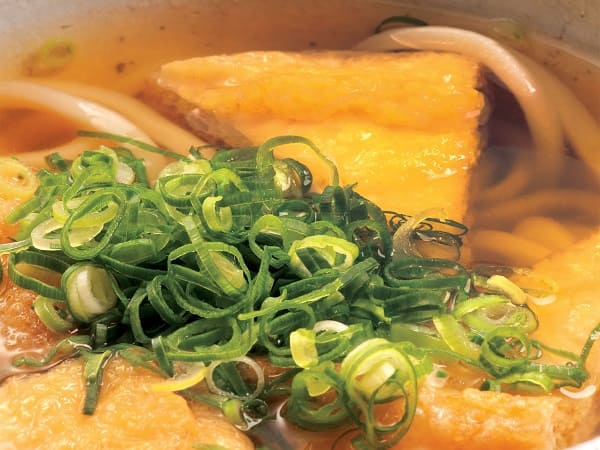
Historically, usukuchi was used in refined imperial court cooking – koikuchi was deemed a common condiment for the masses at the time. Today, because of its delicate flavour and light colour, usukuchi is often the shoyu of choice when it comes to preserving the natural colours of ingredients (koikuchi darkens the colours), like those in braised dishes and soups.
A common misconception about usukuchi lies in its label. Known as light soy sauce, particularly in the West, usukuchi is often mistaken to be a healthier alternative to koikuchi.
Tamari
Originated in the Chubu region of Japan, tamari is often considered the original Japanese soy sauce as its recipe is most similar to that of traditional Chinese soy sauce. Its beginnings can be traced back to the 16th century, as a liquid by-product during the fermentation of miso. At the time, it was completely free of wheat. Today, some if not most tamari contains traces of wheat, but it is still the preferred choice of shoyu for the health-conscious because of its low to zero wheat content (if you are allergic to wheat, always check the ingredients list as not all tamari is gluten-free).
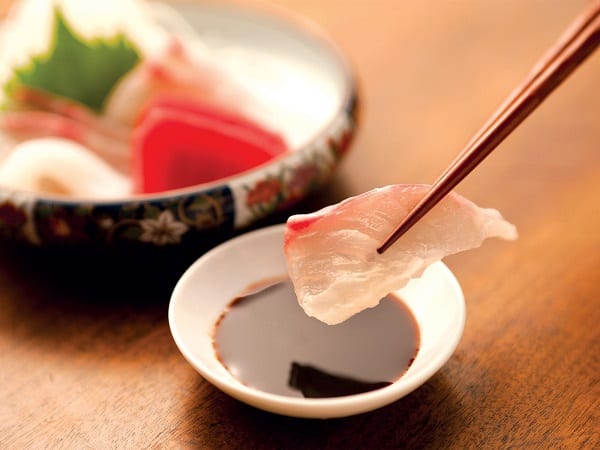
Tamari has a high viscosity (thick, sticky consistency) and is even darker in colour than koikuchi. Its high soybean content gives it its incredibly complex, well-rounded flavour, minus the sometimes overwhelming bite that accompanies other types of shoyu. At the same time, it is less salty, which also lends to tamari’s status as a natural flavour enhancer. The versatility of tamari makes it an ideal dipping sauce for sashimi, as well as the finishing touch to add colour and shine to food like teriyaki dishes.






